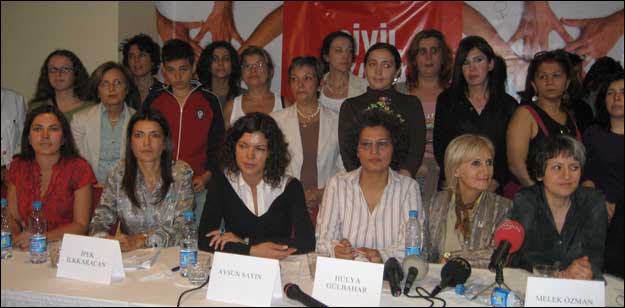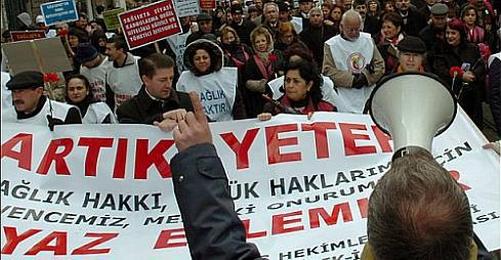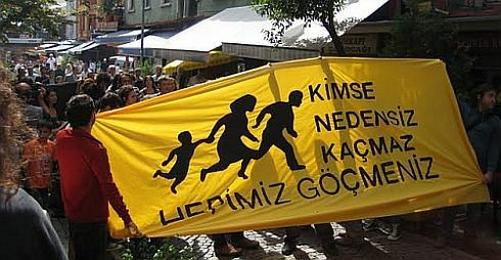The parliamentarian asked whether the implementation of the Prime Minister’s memorandum No. 2006/17 was being monitored.
She told bianet, “It is difficult to say that the projects following the memorandum, including the education of the police force, have had any results. We must not give up and must start a new campaign.”
Cross-party agreement on gravity of situation
Women MPs from the pro-Kurdish Democratic Society Party (DTP), the ruling Justice and Development Party (AKP), and the Democratic Left Party (DSP) have complained in parliament that there has been too little attention paid to the struggle against violence towards women.
Erbatur added, “Although the existence of the memorandum is a positive step in [this struggle], the recent increase in cases of violence towards women is an indication that the memorandum has not achieved its goal. For instance, research carried out by the Van Municipality Family Centre among 553 people shows that 41 percent of women have been exposed to violence.”
Economic crisis will lead to rise in violence
In addition, so Erbatur, the economic crisis was a factor that increased violence towards women and predicted a rise in cases if no preventative measures were taken.Erbatur’s questions are as follows:
- What is the reason for the increase in cases of violence towards women, also reported in the media? Has there been any research done into the reasons for this increase? If not, is a special group being formed to do such research?
- Has there been a body charged with monitoring at what stage the preventative measures against violence towards women, as listed in Prime Ministerial memorandumNo. 2006/17, are? If not, is it possible to form such a body to include experts in order to benefit from their experience?
- How far have measures outlined in the same memorandum to train public-sector employees in gender equality been applied? How many police and gendarmerie officers, health workers, personel of the Ministry of Justice and public administration employees have undergone such training?
- Just as important as such training is an analysis as to whether those who have undergone such training have internalised it. What techniques are used to do such an analysis? Is it possible to share reports about this training with the public? (EZÖ/AG)















